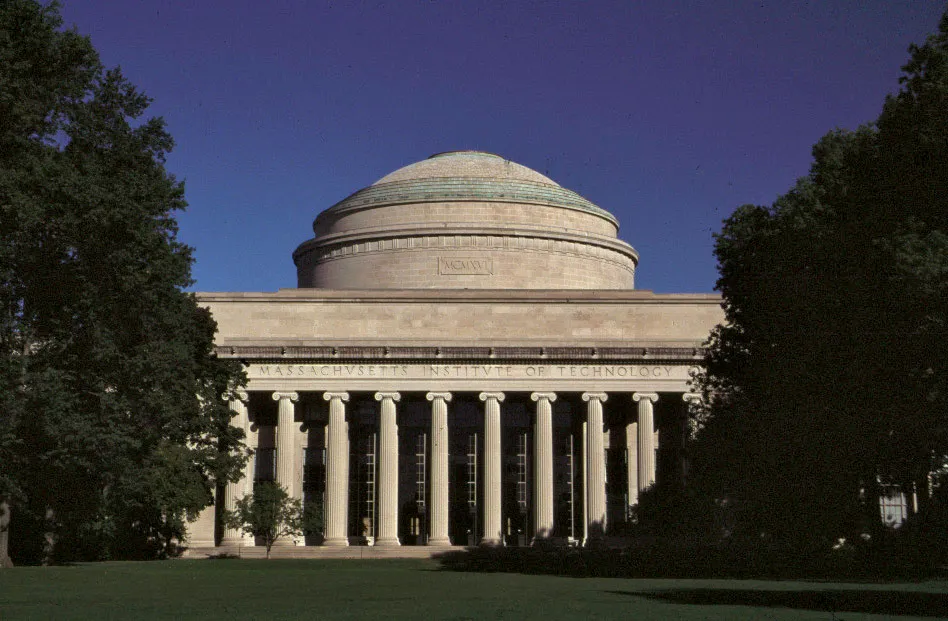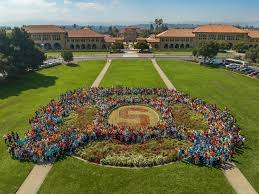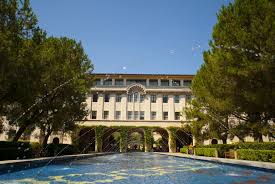Massachusetts Institute of Technology (MIT)
The Massachusetts Institute of Technology (MIT) is one of the world’s most prestigious institutions of higher learning, renowned for its cutting-edge research, innovative teaching methods, and contributions to science, engineering, and technology. Founded in 1861, MIT has consistently been at the forefront of technological advancement and academic excellence, shaping the future through its commitment to solving complex global challenges. Located in Cambridge, Massachusetts, MIT has become a symbol of intellectual rigor, creativity, and collaboration, attracting some of the brightest minds from around the globe.
Historical Background
MIT was established in response to the rapid industrialization of the United States in the mid-19th century. Its founder, William Barton Rogers, envisioned an institution that would combine scientific research with practical applications to address the needs of an evolving society. Rogers believed in the power of education to drive progress and sought to create a school that would bridge the gap between theory and practice.
The institute officially opened its doors in 1865, with a focus on applied science and engineering. Over the years, MIT expanded its scope to include a wide range of disciplines, from architecture and economics to biology and computer science. Despite facing financial challenges in its early years, MIT persevered and grew into a world-class institution, thanks to the dedication of its faculty, students, and alumni.
Academic Excellence and Innovation
MIT is organized into five schools: the School of Architecture and Planning, the School of Engineering, the School of Humanities, Arts, and Social Sciences, the Sloan School of Management, and the School of Science. Each school offers a diverse array of undergraduate, graduate, and doctoral programs, fostering interdisciplinary collaboration and innovation.
One of MIT’s defining characteristics is its emphasis on hands-on learning and research. The institute encourages students to apply their knowledge to real-world problems through initiatives such as the Undergraduate Research Opportunities Program (UROP), which allows undergraduates to work alongside faculty on groundbreaking research projects. This approach not only enhances students’ understanding of their fields but also prepares them to tackle complex challenges in their careers.
MIT is also known for its rigorous academic environment. The institute’s curriculum is designed to push students to think critically, solve problems creatively, and embrace failure as a learning opportunity. This culture of intellectual curiosity and resilience has produced some of the world’s most influential thinkers, inventors, and leaders.
Research and Technological Advancements
MIT’s contributions to research and technology are unparalleled. The institute has been at the forefront of numerous scientific breakthroughs, from the development of radar during World War II to the invention of the World Wide Web. MIT researchers have made significant strides in fields such as artificial intelligence, renewable energy, biotechnology, and space exploration.
One of MIT’s most notable achievements is its role in the advancement of computer science and artificial intelligence. The MIT Computer Science and Artificial Intelligence Laboratory (CSAIL) is one of the largest and most influential research centers in the world, driving innovations in machine learning, robotics, and cybersecurity. Similarly, the MIT Media Lab has gained international recognition for its interdisciplinary approach to technology, design, and art, producing groundbreaking projects such as wearable technology and interactive media.
MIT’s commitment to addressing global challenges is evident in its research initiatives. The institute is a leader in renewable energy research, with projects focused on solar power, wind energy, and energy storage. MIT’s Energy Initiative (MITEI) brings together researchers, industry leaders, and policymakers to develop sustainable solutions to the world’s energy needs. Additionally, MIT has made significant contributions to healthcare, including the development of new medical devices, diagnostics, and treatments.
Entrepreneurship and Industry Impact
MIT has a long history of fostering entrepreneurship and innovation. The institute’s culture of creativity and risk-taking has led to the creation of countless startups and spin-off companies, many of which have had a profound impact on industries ranging from biotechnology to software development.
The MIT Sloan School of Management plays a key role in promoting entrepreneurship through programs such as the Martin Trust Center for MIT Entrepreneurship. The center provides students with the resources, mentorship, and funding needed to turn their ideas into successful ventures. Additionally, the MIT $100K Entrepreneurship Competition, one of the largest and most prestigious business plan competitions in the world, has launched numerous successful companies, including Akamai Technologies and HubSpot.
MIT’s influence extends beyond the private sector. The institute has played a pivotal role in shaping public policy and addressing societal challenges. MIT researchers have contributed to advancements in urban planning, transportation, and environmental sustainability, helping to create more livable and resilient communities.
Campus Life and Culture
MIT’s campus is a vibrant and dynamic environment, reflecting the institute’s commitment to collaboration and diversity. The campus features state-of-the-art facilities, including research laboratories, libraries, and recreational spaces, designed to support both academic and extracurricular activities.
Student life at MIT is characterized by a strong sense of community and a spirit of innovation. The institute offers a wide range of student organizations, clubs, and activities, catering to diverse interests and passions. From robotics competitions to hackathons, MIT students are constantly engaged in projects that challenge their skills and expand their horizons.
MIT’s culture is also defined by its unique traditions and quirks. The “hacks,” or elaborate pranks, carried out by students are legendary, showcasing their creativity and sense of humor. These hacks often involve intricate engineering feats and have become an integral part of MIT’s identity.
Despite its rigorous academic environment, MIT places a strong emphasis on collaboration rather than competition. The institute’s motto, “Mens et Manus” (Mind and Hand), reflects its belief in the importance of combining theoretical knowledge with practical application. This philosophy fosters a culture of teamwork and mutual support, where students and faculty work together to achieve common goals.
Global Impact and Alumni Network
MIT’s influence extends far beyond its campus. The institute’s alumni network includes some of the most accomplished individuals in the world, including Nobel laureates, Turing Award winners, and successful entrepreneurs. Notable alumni include Kofi Annan, former Secretary-General of the United Nations; Buzz Aldrin, astronaut and Apollo 11 moonwalker; and Shirley Ann Jackson, physicist and president of Rensselaer Polytechnic Institute.
MIT’s global impact is also evident in its partnerships with institutions and organizations around the world. The institute collaborates with governments, industry leaders, and non-profit organizations to address pressing global challenges, such as climate change, poverty, and healthcare access. Through initiatives like the MIT International Science and Technology Initiatives (MISTI), students and faculty have the opportunity to work on projects in countries around the world, gaining valuable international experience and perspectives.
Challenges and Future Directions
As MIT continues to push the boundaries of knowledge and innovation, it faces several challenges. One of the most pressing issues is ensuring diversity and inclusion within its community. While MIT has made strides in increasing representation of women and underrepresented minorities, there is still work to be done to create a more equitable and inclusive environment.
Another challenge is addressing the ethical implications of technological advancements. As MIT researchers develop new technologies, such as artificial intelligence and genetic engineering, it is essential to consider their societal impact and ensure that they are used responsibly.
Looking to the future, MIT remains committed to its mission of advancing knowledge and educating students to serve the world. The institute’s strategic initiatives, such as the MIT Schwarzman College of Computing and the Climate Grand Challenges, reflect its dedication to addressing the most pressing issues of our time.
Conclusion
The Massachusetts Institute of Technology stands as a testament to the power of education, innovation, and collaboration. For over 160 years, MIT has been a driving force behind some of the most significant advancements in science, technology, and engineering. Its commitment to excellence, hands-on learning, and real-world impact has made it a global leader in higher education and research.
As the world continues to face complex challenges, MIT’s role in shaping the future has never been more important. Through its groundbreaking research, entrepreneurial spirit, and dedication to public service, MIT is not only transforming the lives of its students but also making a lasting impact on society. As the institute looks to the future, it remains steadfast in its mission to create a better world through innovation and education.
Share this content:





Post Comment